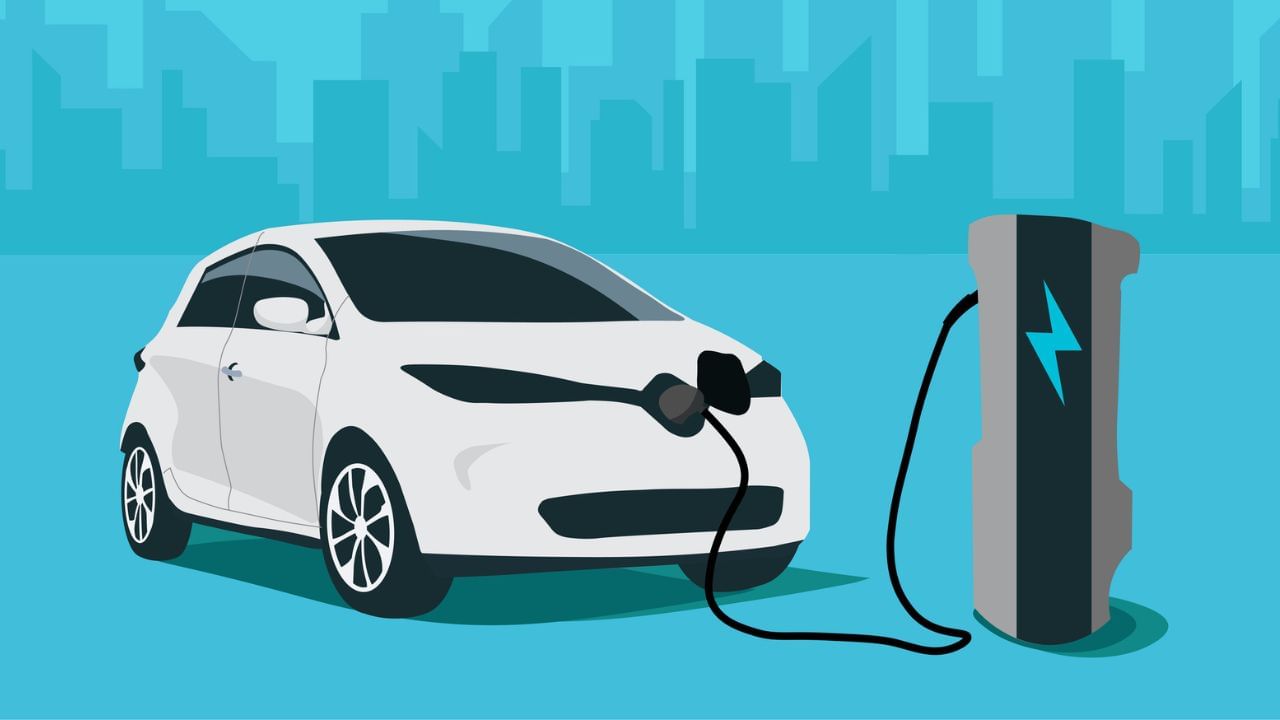Even though relations between India and China have improved. China may be India’s biggest trading partner, but in some sectors India is also very strict regarding Chinese imports. Recently a report has come, the companies which have used Chinese goods in their cars have been excluded from the PLI scheme. The special thing is that out of every 46 cars manufactured in the country, only 6 have been found eligible for the PLI scheme.
According to a report by Times of India, India’s emerging electric car market is being seen under the shadow of Chinese imports. India’s EV car makers depend on the world’s largest exporter for key components like semiconductors, batteries and magnets. Which shows that out of every 46 electric vehicle (EV) models sold in India, only six have been found eligible for benefits under the government’s PLI scheme. The remaining 87 percent of EV models in India were declared ineligible for PLI. They contained imported material in excess of prescribed levels, most of which were from China.
According to the Ministry of Heavy Industry’s PLI scheme for automobile companies and auto components released in September 2021, vehicle manufacturers will have to meet a minimum of 50 per cent domestic value addition (DVA) and follow a phased manufacturing program similar to the FAME-II scheme. The government has provided exemption on import of battery cells, due to which DVA. The cut-off has reduced by 40 percent.
Which 6 models got approval
According to TOI sources, the government has approved six models under the scheme, including five from Tata Motors and one from Mahindra. The source said that all other models sold in the market, which include models of companies like JSW MG, BMW, Mercedes-Benz, Hyundai, Kia, Citroen, Vinfast, Volvo, Tesla and Audi, have more than 60 percent imported goods. Electric vehicle models benefiting from the PLI scheme include Tata Punch, Tata Nexon, and Tata Harrier SUVs, Tata Tiago hatchback, and Tata Tigor sedan, as well as Mahindra XEV9E. Tata’s popular electric vehicles Curve and Mahindra BE6 Green could not meet the local value addition norms of PLI, while other models of these leading auto companies were also included in it.
Why did companies fail?
Officials of companies whose models did not participate told The Times of India that meeting DVA norms at such an early stage of electric vehicle adoption remains challenging. A top executive of a major European automobile manufacturer has said in a media report that the local supply chain for EVs is still not as developed as it is for the internal combustion engine (ICE) category. Moreover, with limited sales of eco-friendly vehicles, it is quite challenging and practically impractical to ask our supply chain partners to come to India.
What are EV makers importing?
EV makers in India import a variety of auto components from China and Taiwan, some of which are vital elements for the smooth running of the industry. Citing a PwC study on localization of electric vehicle component supply chains in India, an industry official said these include lithium-ion battery cells; Rare Earth Magnet; DC motors; Laminated Stator; semiconductor chips; “Includes printed circuit boards and electronic child parts, all of which are coming from China.” Apart from this, connectors, contactors, relays and DC-DC converters also come from China and Taiwan, the official said.
The government launched the PLI scheme in view of the need to reduce supply chain fluctuations and promote localization in the production of electric vehicles. The PwC study emphasizes that a strong effort to create an enabling local ecosystem through various government initiatives over the next few years, as well as the need for EV OEMs to stabilize and control the ever-increasing spend on EV components, will drive localization of the EV supply chain in India. The PLI scheme aims to create a manufacturing capacity of 50 GWh with 60 per cent value addition over a period of 5 years. However, the pace of scaling up this capacity may be slow due to the high investment required and complexities involved in cell manufacturing.
What are the difficulties?
The study noted that localization has always been a strong plus for India’s automotive sector due to several inherent benefits, and also said that global tensions and Covid-induced disruptions in the auto sector have further reinforced the need for the growth of strong local supply chains.
Localization of EV manufacturing in India is particularly challenging due to the nature of components, assembly lines and available infrastructure in India. According to PwC estimates, advanced chemical batteries, electric motors, power electronics and software, which constitute at least 50-60 per cent of EVs, are no longer present in India.
Why more dependence on China?
Most locally manufactured motors are dependent on China for components, while brushless DC (BLDC) motors have limited local value addition. While India will have to import rare earth magnets from China, other components like laminated stators are also mainly Chinese imports. China and Taiwan control the majority of the global supply of electrical components such as connectors, contactors, relays and DC-DC converters, which are critical parts of EV high-voltage circuits.
Additionally, black box assembly holds significant value in EV manufacturing, but is difficult to localize without the support of tier-1 makers or in-house capabilities. India’s auto sector is heavily dependent on Chinese imports, leading to instability in the industry and price rise. While the government is taking important steps to promote localization of EV production, the private sector can also play an important role in making India an EV superpower through collaboration and investment.
